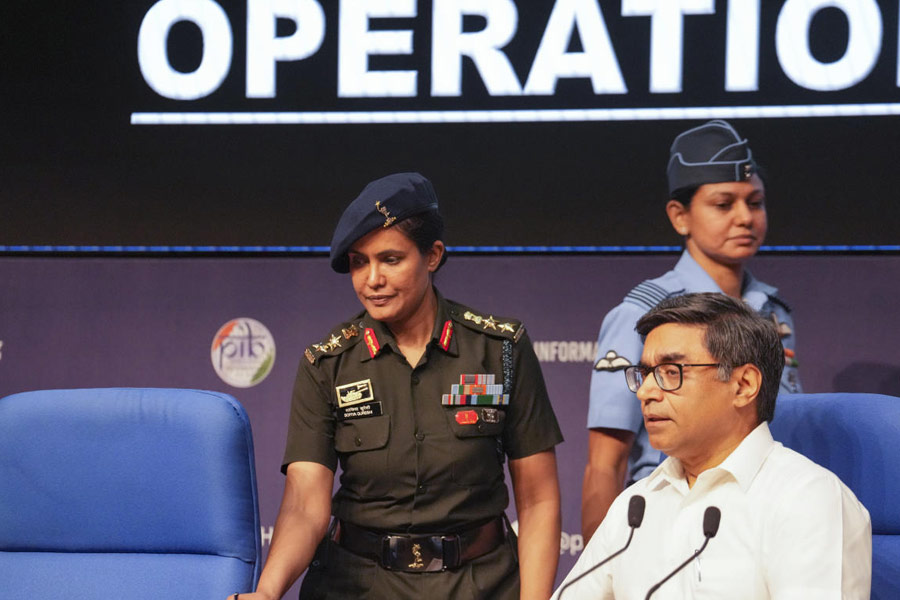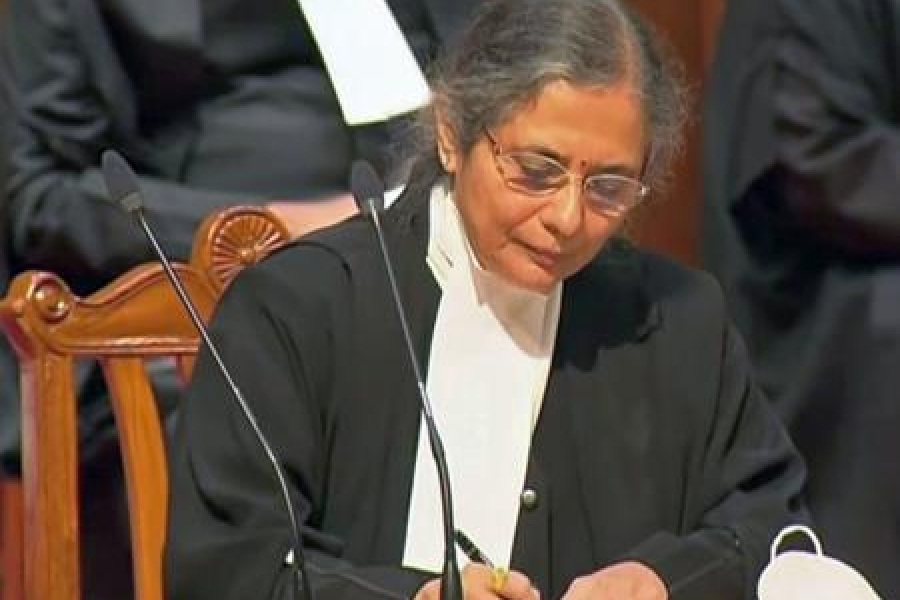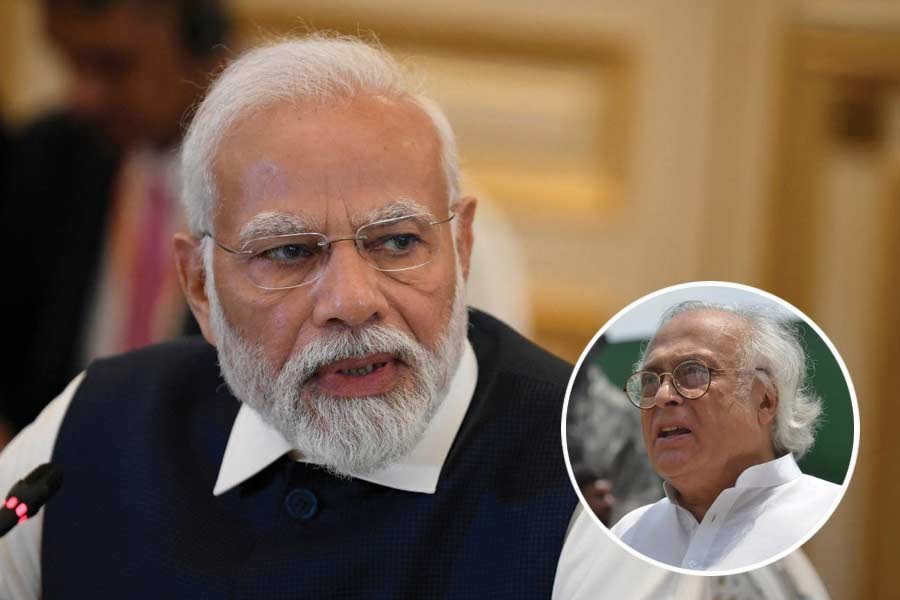 |
| The book being released at Press Club on Monday. Picture by UB Photos |
July 9: A few centuries ago, the Latasil area that now houses Gauhati High Court, Latasil playground, Latasil police station and Guwahati planetarium, was a battleground on which the Ahom army prepared for war against the Mughals.
Army camps dotted the Guwahati landscape, as soldiers lay in wait and prepared to repel the Mughal attacks that were being mounted repeatedly.
The other camps of the army in Guwahati were Joy Duar, Dharam Duar, Duar Garila and Pandusoki on the south bank of the Brahmaputra and Kanai Boroxi Bowa Soki, Xilor Soki, Xonuri Jog Soki, Pat Duar, Kastorpani Soki and Amingaon on the north bank.
The events associated with these places may have faded from people’s memory and government agencies like Archaeological Survey of India or the Assam tourism department may not deem it necessary to inform the people about them, but writer Asomi Gogoi dug deep to come up with a book, Buranji Praxidha Uttar Guwahati Aru Eyar Oitiya, which is flush with such precious nuggets from history.
The book was released here today.
Gogoi’s book provides a lot of information on Guwahati, especially North Guwahati. According to the book, as far as information is available, the word Guwahati was used in history books for the first time in 1256-57. Indo-Persian Muslim historian Minhaj-i-Siraj in his book Tabaqat-i-Nasiri narrated how Ikhtiyaruddin Yuzbak alias Tughril Khan from Bengal attacked Kamrup. While narrating the invasion, Minhaj-i-Siraj used the word Guwahati.
In fact, North Guwahati has produced people who have made valuable contributions to the state. Scholar Anundoram Borooah, who is known to be the first Sanskrit sonneteer, Phunu Barua, who played Gadadhar in the first Assamese film, Joymoti, Sibaram Barua, the first MBBS in Assam, Gopinath Bordoloi, Assam’s first chief minister, were North Guwahatians. And the writer, having been born and brought up in North Guwahati, is proud of it.
The writer laments the lack of efforts to preserve Momai Kota Garh, a rampart erected by the Ahom army within a night — the workers, who were resting, rushed to complete the work after Ahom general Lachit Borphukan beheaded his maternal uncle, who was in charge of building the rampart, for not getting the work done.
“It is very important to preserve the Momai Kota Garh. While visiting the rampart to write the book, I saw that people had built houses on it,” Asomi wrote.
The book, published by Assam Folklore Society, was released by linguist Pramod Chandra Bhattacharyya. “The book will be able to provide valuable information on North Guwahati,” Bhattacharyya said after releasing the book.
Besides the historical places and objects, Asomi has also included the rituals that people practised in North Guwahati, important people who contributed in different fields and religious places in North Guwahati which thousands of pilgrims visit every year.










